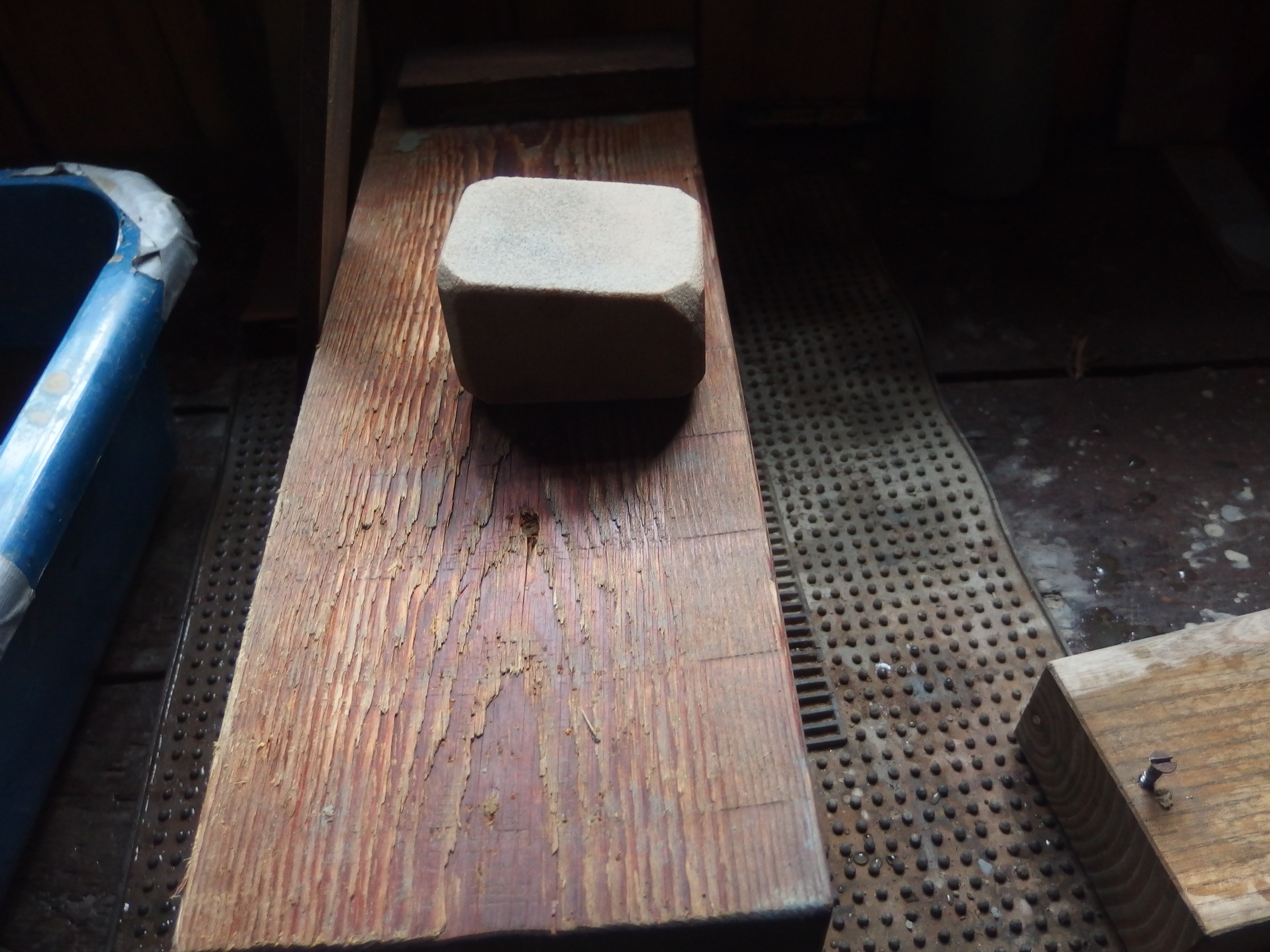- Joined
- Mar 31, 2016
- Messages
- 1,927

gonna wait for the rain to stop then go re-profile it.
BTW my phone flipped the picture, the head was vertical and i took the picture on an angle so that's why it's funky

My single cut files tend to clog more rapidly than double cut files during profiling work. I've relegated them to finishing duty after the double cut files.

This sharpening was another day but I'll work on the axe some more today.




This sharpening was another day but I'll work on the axe some more today.


The file handle is a wooden grip craftsman. My grandma has a wood grip one and a plastic grip one on their original craftsman files.

no it's one of those chisels without the fancy bevels. you can barely see the "swoop" on the left side, indicating the flat side to be the bottomIt looks like the bevel is on the wrong side.

